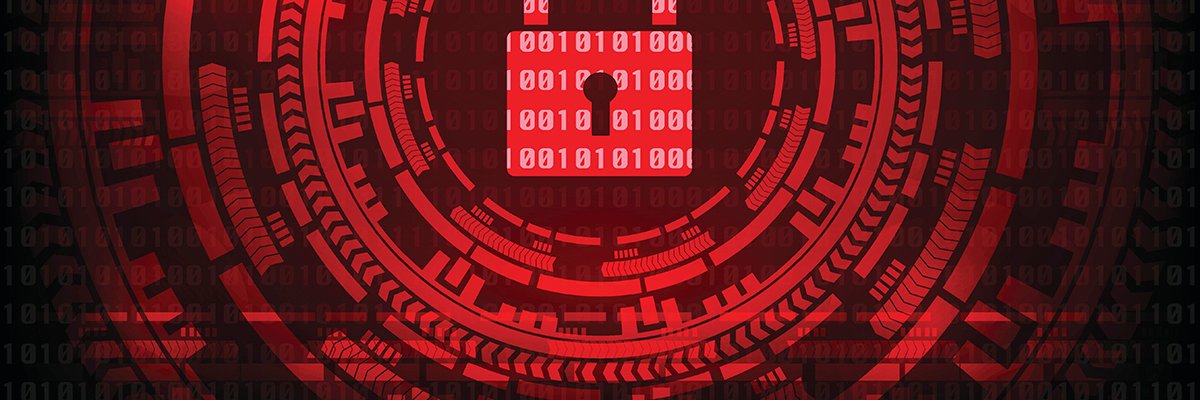Ransomware, a persistent cybersecurity threat, remains a critical issue that has garnered attention at the highest levels of government globally. The impact of ransomware extends beyond just financial losses, affecting people’s access to essential services such as healthcare, transportation, and groceries.
In recent years, there has been a notable increase in ransomware attacks on supply chains, resulting in more significant damage compared to attacks targeting individuals. Various incidents, including the Kaseya attack affecting 1,500 MSP customers and the SolarWinds hack, highlight the severity of supply chain cyber threats.
Additionally, the evolution of ransomware tactics has seen the rise of triple extortion, where attackers not only encrypt data but also exfiltrate and threaten to leak it unless a ransom is paid. The emergence of Ransomware-as-a-Service (RaaS) has streamlined the process for cybercriminals by providing easy access to ransomware code and operational infrastructure.
The vulnerability of unpatched systems continues to be exploited by ransomware attackers, with phishing emails serving as a common entry point for malware infections. The use of generative AI in crafting convincing phishing lures has made it easier for attackers to target organizations.
The statistics on ransomware threats highlight the widespread impact of such attacks across various industries. Reports from Verizon, Sophos, Intel471, Cyble, and BlackFog demonstrate the increasing frequency and sophistication of ransomware incidents, with organizations facing significant financial losses and operational disruptions.
Furthermore, ransomware attacks have targeted a range of industries, with education, healthcare, financial services, and government entities among the most vulnerable sectors. The diversity of targets underscores the pervasive nature of ransomware threats and the need for comprehensive cybersecurity measures across industries.
The costs associated with ransomware incidents have also risen significantly, with ransom payments reaching millions of dollars in recent years. Reports from Chainalysis, Sophos, and Coalition highlight the escalating financial impact of ransomware attacks on organizations, underscoring the need for effective risk mitigation strategies.
Recent ransomware attacks on organizations like CDK Global, Change Healthcare, LoanDepot, Boeing, MGM Resorts, Caesars Entertainment, TSMC, and others have underscored the pervasive nature of ransomware threats. These incidents have led to significant disruptions, financial losses, and reputational damage for the affected entities.
Looking ahead, predictions suggest that ransomware attacks will become more targeted, with threat actors focusing on high-value organizations. The use of data exfiltration attacks and the integration of advanced technologies like GenAI in phishing campaigns are expected to drive the evolution of ransomware tactics in the coming years.
To mitigate ransomware risks, organizations are advised to adopt a layered security approach, leverage advanced protection technologies, educate employees on social engineering risks, regularly update software, maintain backups of critical data, and conduct tabletop exercises to prepare for potential attacks. By implementing these proactive measures, organizations can enhance their resilience against ransomware threats and minimize the impact of cyber incidents.


